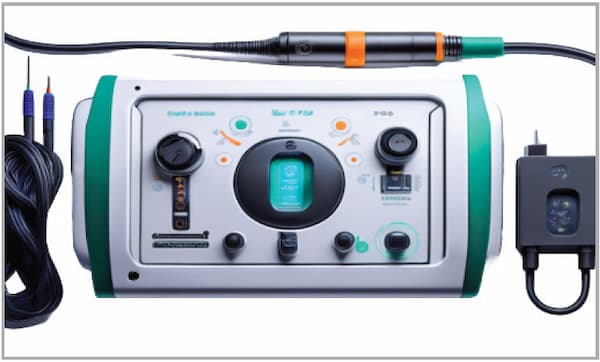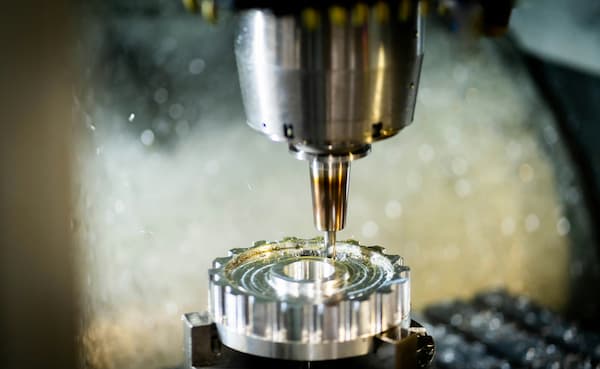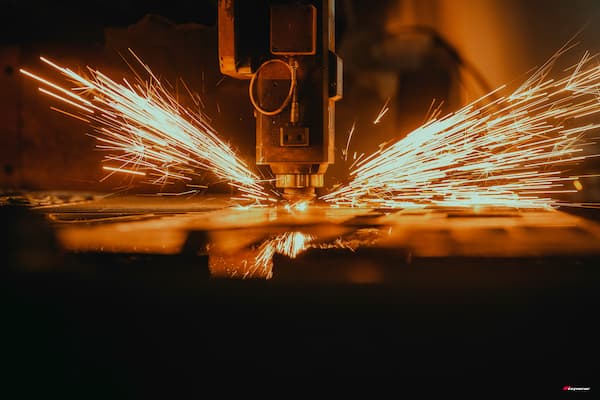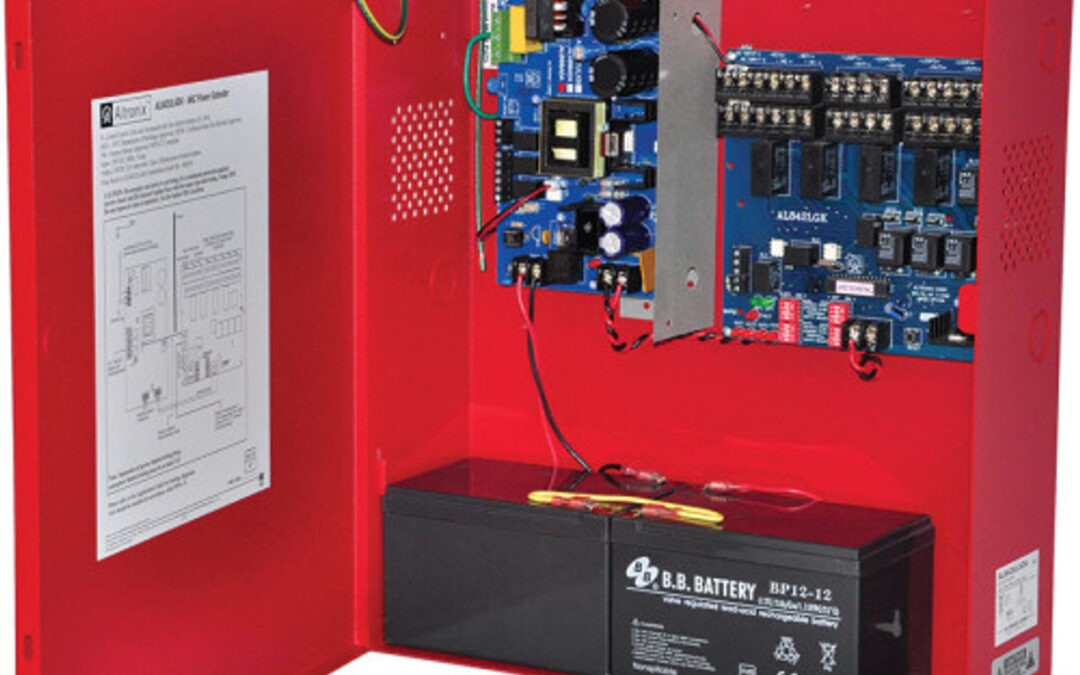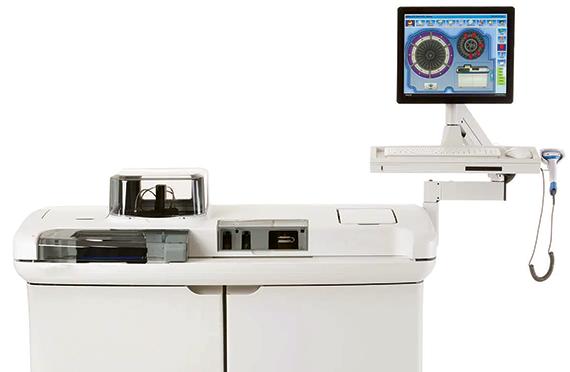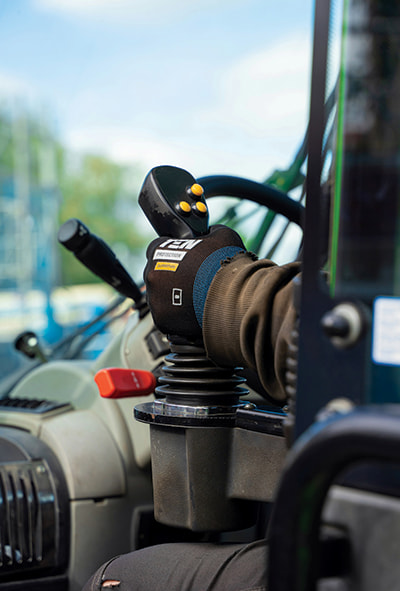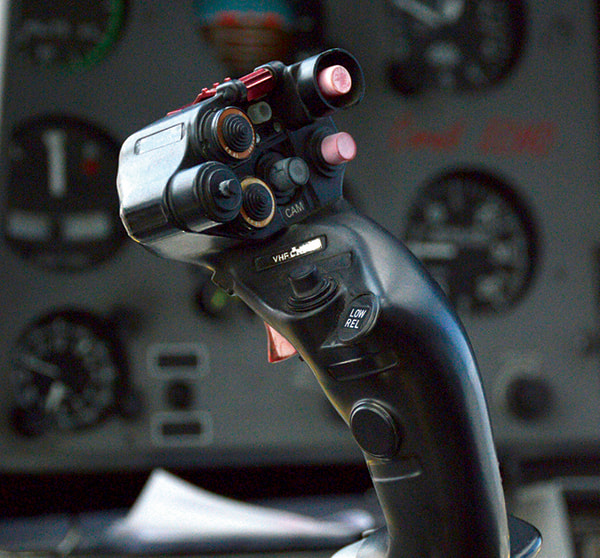
SUPPLY CHAIN OPTIMIZATION – A CASE STUDY
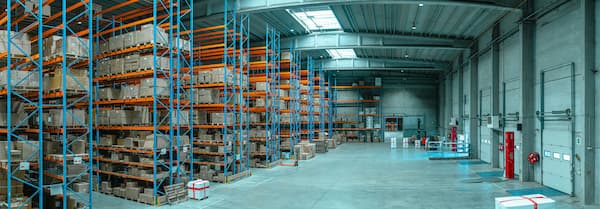
Optimizing Supply Chain Solutions for a Leading Aftermarket RV Power Conversion Supplier
Project Overview: The client faced significant challenges due to reliance on a single-source supplier for a range of high-volume wound components. Although the bill of materials (BOM) allowed for lower-cost, equivalent materials, their supplier was unable to effectively source them. The inability to implement a Just-In-Time (JIT) distribution model compounded issues, leading to prolonged time to market, elevated costs, and heightened operational risks. Allstar Magnetics partnered with the client to overcome these challenges through engineering innovation and supply chain optimization.
Allstar’s Approach: Allstar Magnetics utilized its internal engineering expertise and supply chain network to address the client’s needs comprehensively. By re-evaluating the BOM and working closely with the client during the development and approval process, Allstar ensured a cost-effective and high-performance solution. Each component was built and tested rigorously before transitioning to full-scale production, leveraging trusted offshore partners for optimal cost, quality, and delivery timelines.

Client Testimonial: “Thanks to Allstar Magnetics, we were able to overcome critical supply chain challenges that previously hindered our efficiency. Their ability to engineer cost-effective solutions, manage first article approvals, and deliver on a reliable JIT schedule has been transformative for our manufacturing capabilities and bottom line.”
- Development of Lower-Cost BOM and Manufacturing: Allstar’s engineering team re-designed components to use equivalent but lower-cost materials, significantly reducing production costs without compromising performance.
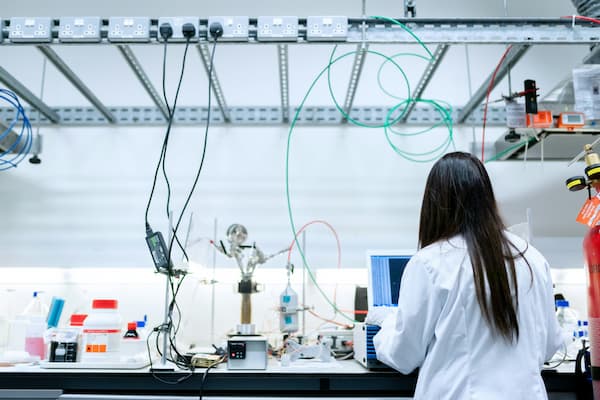
- First Article and Volume Production: Each SKU underwent a detailed first article process with client involvement to ensure compliance with specifications. Once approved, full-scale production was initiated.
- Just-In-Time (JIT) Distribution: Finished goods were stored in a local warehouse and made available for delivery to the client’s foreign factory within four business days, providing the flexibility and efficiency the client required.
- Just-In-Time (JIT) Distribution: The finished goods were distributed efficiently, leveraging Allstar’s robust supply chain and JIT model to meet the client’s manufacturing needs.
Results:
Allstar Magnetics delivered a solution that enabled the client to:
- Achieve significant cost savings with equivalent-performance components.
- Improve delivery times, ensuring JIT availability and enhanced operational flexibility.
- Reduce manufacturing risks and time to market.
Conclusion: Allstar Magnetics demonstrated its unique ability to combine engineering, project management, and supply chain expertise to deliver a tailored solution for the client. By addressing cost, quality, and delivery challenges, Allstar helped the client achieve greater manufacturing flexibility, reduced risks, and improved overall efficiency, positioning them for sustained success in the competitive RV aftermarket power conversion industry.
